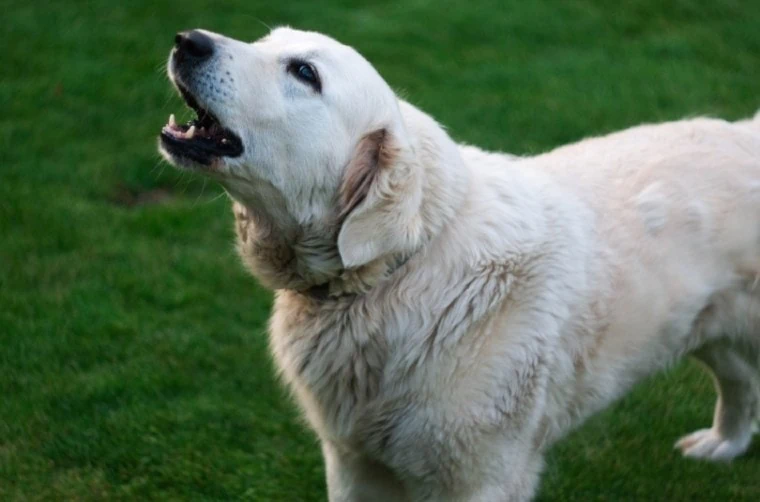
The dogs are part of the Canidae family which also includes coyotes, wolves, Foxes, hyenas, and jackals. Like they are wild counterparts dogs interact with animals and us through their sounds.
A majority of dogs use a range of vocalizations that are connected to their needs and how they’re feeling from content to scared and content, upset or angry.
Dogs make a variety of sounds
Different from the traditional “ruff, “ruff” the dogs can sound off in many different ways. Every sound in these examples corresponds with something that your pet may be communicating. Let’s look at some of these well-known dog sounds.
- Barking Dogs may bark to warn or an invitation to an indication of concern, or simply because of its content. There are many causes for the bark, however, it is always a sign that you’re communicating with your pet. If your pet is stressed or afraid, it may sound off in a repeated high-pitched sound. The usual “gruff” or “ruff” sound usually corresponds with playtime or happiness.
A low-toned bark that resembles grunts or rumbles indicates that whatever it is that your dog is doing should retreat. A growl could precede an eat and must be considered a serious warning. If your dog is in the mood for to get something (such as a reward) it will bark fast and repeatedly. The barking that is alert, for instance when your dog spots something that is of concern at a distance is an intense staccato beat.
Wild canids don’t often bark, but they can whine as well as howl, rumble, and growl. The bark of wild canids is purely an alert signal and is a signal to backup.
- Howls If your dog howls, are you doing something to channel its inner wolf? It’s probably not. It doesn’t mean that your dog is trying to be part of a group of canids. Some dogs will howl at passing sirens, or other alarm sounds, bells, or even to us when we yell to entertain ourselves. In certain instances, the howling may be a way of signaling others to be seen, which includes you. It could be also a cry to get attention when a dog feels neglected stressed, anxious, or unhappy.
- Whining is typically an expression of anxiety, such as the anticipation of or anxiety. It is often utilized as a way of beggarly begging for food, table scraps, or other treats. Whining is also an indication of discomfort or pain and you should follow your veterinarian if you notice unusual or new behavior.
- Mumbles or low-frequency snorts whether it’s to grab your attention, get to lay on your bed, or receive dinner, dog snorts grumbles or mumbles could indicate that your dog is begging you to perform a task. Some dogs emit a vocal number of muffled sounds when they are in need of to get something from us. These sounds could be a sign of joy, such as when someone greets you and when the dog’s leash is pulled to the front and the animal is aware that it’s about to go for an outing.
- Growling It is usually observed in dogs who are afraid and aggressive, or when something they see is perceived as threatening. When your pet is exhibiting aggression and is making loud noises, this is a signal to keep your dog from any situation, other animals, or pets. The constant growling needs to be discussed by our veterinarian or our pet Behavior Specialist in a consultation on behavior.
Sometimes, a growl is an indication of fun and playfulness, particularly when your pet is engaged in amusement or is playing roughhousing with other doggies. Puppy dogs typically play-growl with their companions out of joy or to stimulate the dogs to join in.
While a growl can be an indication, it’s an everyday part of the dog to behavior. Senior dogs are known to growl at puppies to remind them that they must behave.
Tone, Pitch, and Duration

The pitch (high medium, low or high), as well as the speed (rapid barking vs. slow) as well as the time (time that a dog spends barking) all, play a major aspect in the dog’s behavior. is communicating.
The more you take note of your dog’s bark as well as be aware of your dog’s behavior when it barks, the more you’ll be in understand your dog. This will help you be more attentive to the needs and desires of your dog in its interactions with you.
Search for the Its Meaning

Dog sounds are fascinating, indeed, and much more involved than you imagine. They indicate what the dog is feeling and thinking about, and provide an exciting world for us to explore together with our dog friends! To better know the messages our dogs send us improves the relationship we have with them!